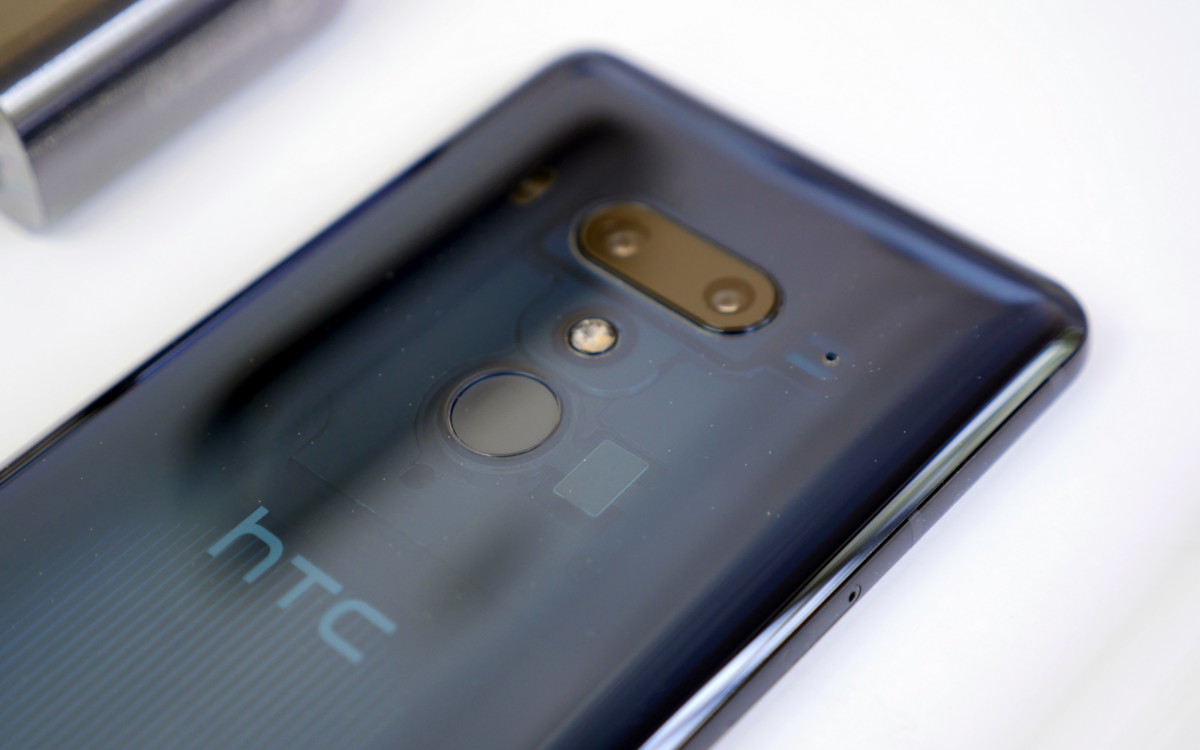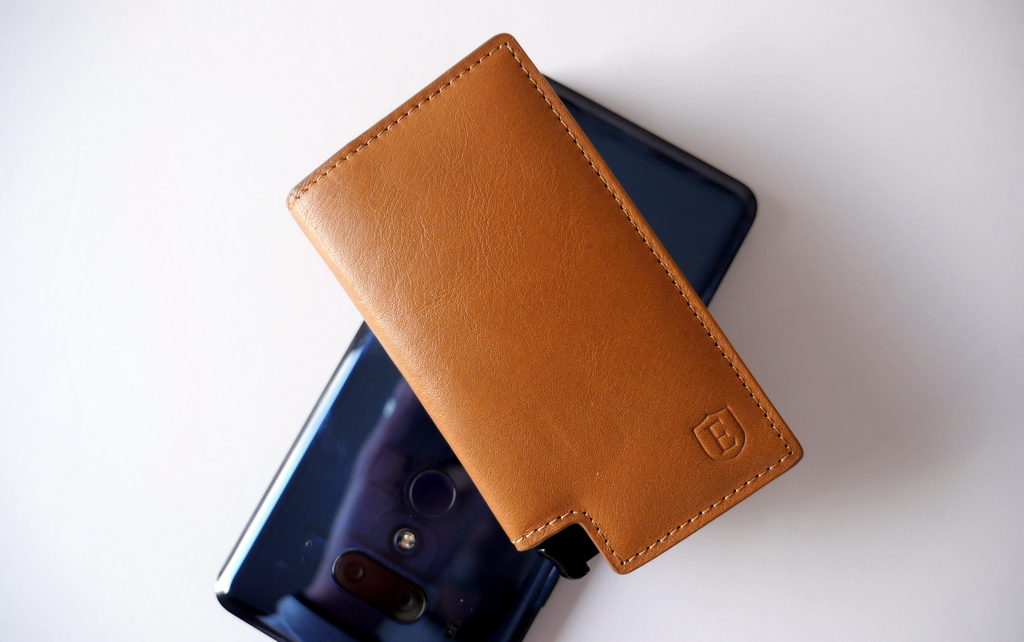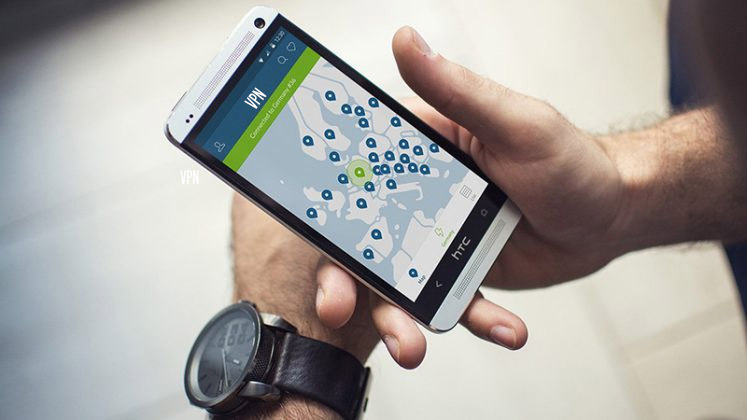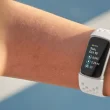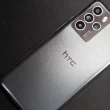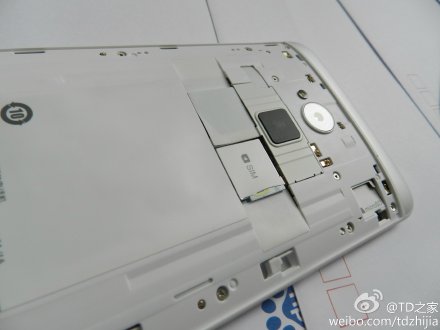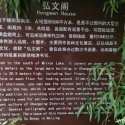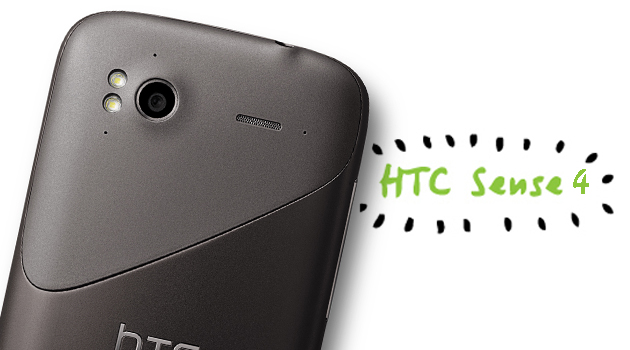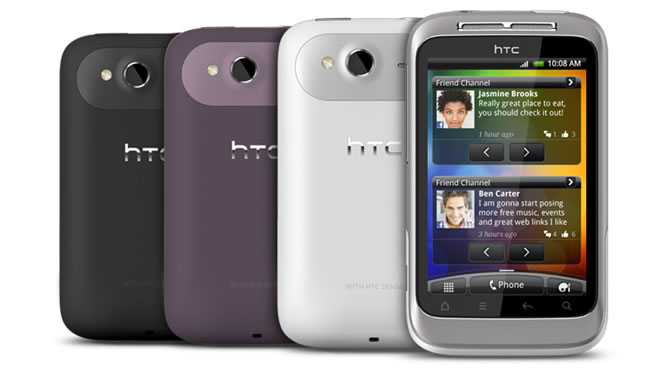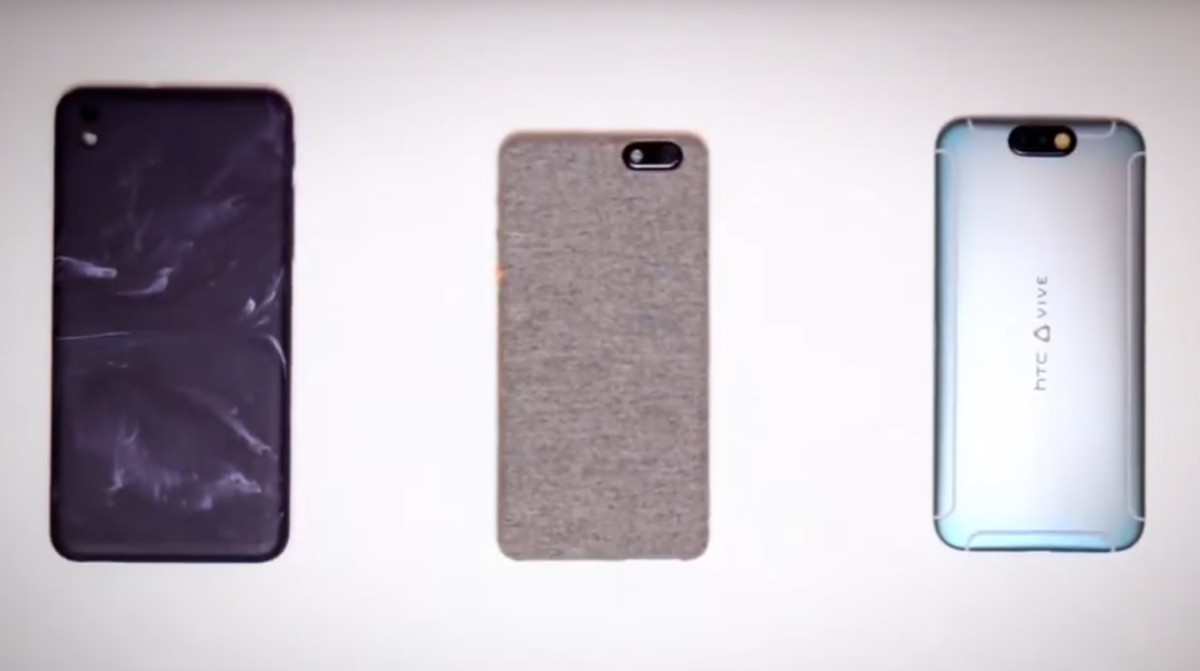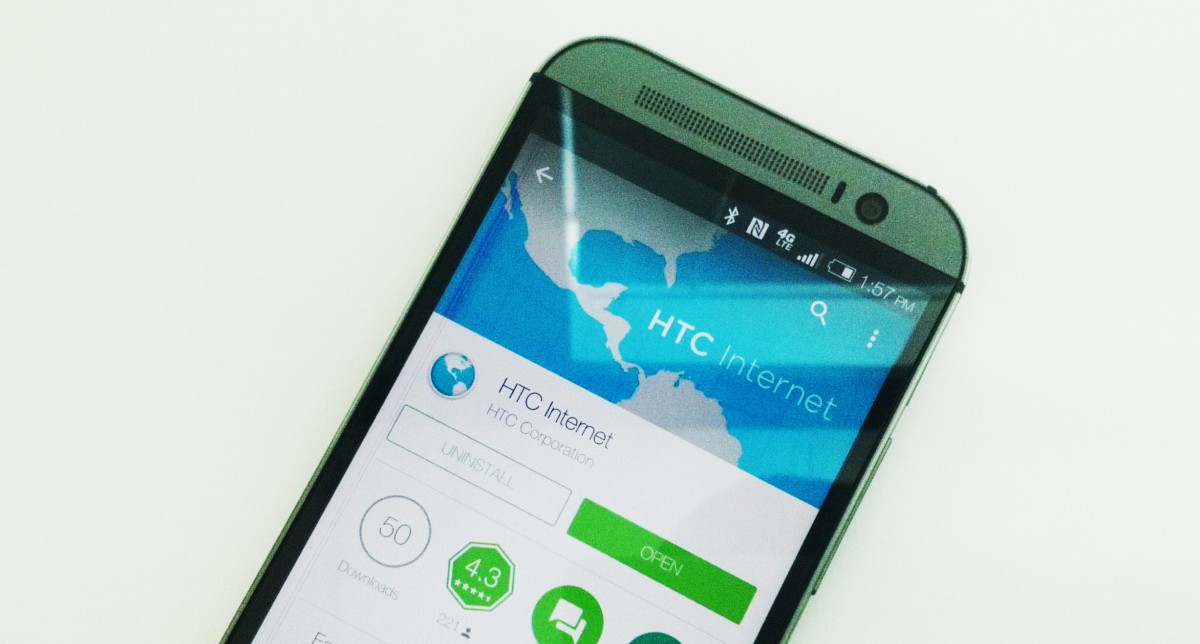New details have emerged thanks to a confident tester in China, TD Zhijia who provided a few image samples and reliability comments on the fingerprint reader.
The images that have been shared were uploaded at less than full quality so we can’t confirm how many megapixels the camera is capable of, but speculation leads us to believe the HTC One Max is still cradling the same imaging specs as the original HTC One.
The camera samples are about as good as any smartphone camera would handle under average daylight conditions. I guess if this tester or others out there are listening, it might be more helpful to share photos of the same subject taken from other devices along with the sample photos from the HTC One Max, some shots taken under extreme conditions like low light, or show off some advanced filtering/editing features so that readers will get more of the story from the photos.
Now for the more interesting feature in the spotlight, the fingerprint reader. As most of you have seen by now there is a square fingerprint reader located below the camera on the back of the HTC One Max. As we’ve reported before the reader is possibly also going to serve as a trackpad for scrolling actions within the phone’s operations. TD Zhijia is reporting the initial software and hardware interaction have been very accurate and reliable while testing. The successful rate for reading fingerprints has been “very high” which makes the new feature sound welcoming from this perspective, because ease of use means improves the odds of implementation from the community.
The addition of the fingerprint reader is a welcomed piece of functionality, but is it enough to cover up the lack of mention regarding a stylus-based interface. How many readers would trade the fingerprint reader for a stylus?
Source: AndroidAuthority via TD Zhijia




